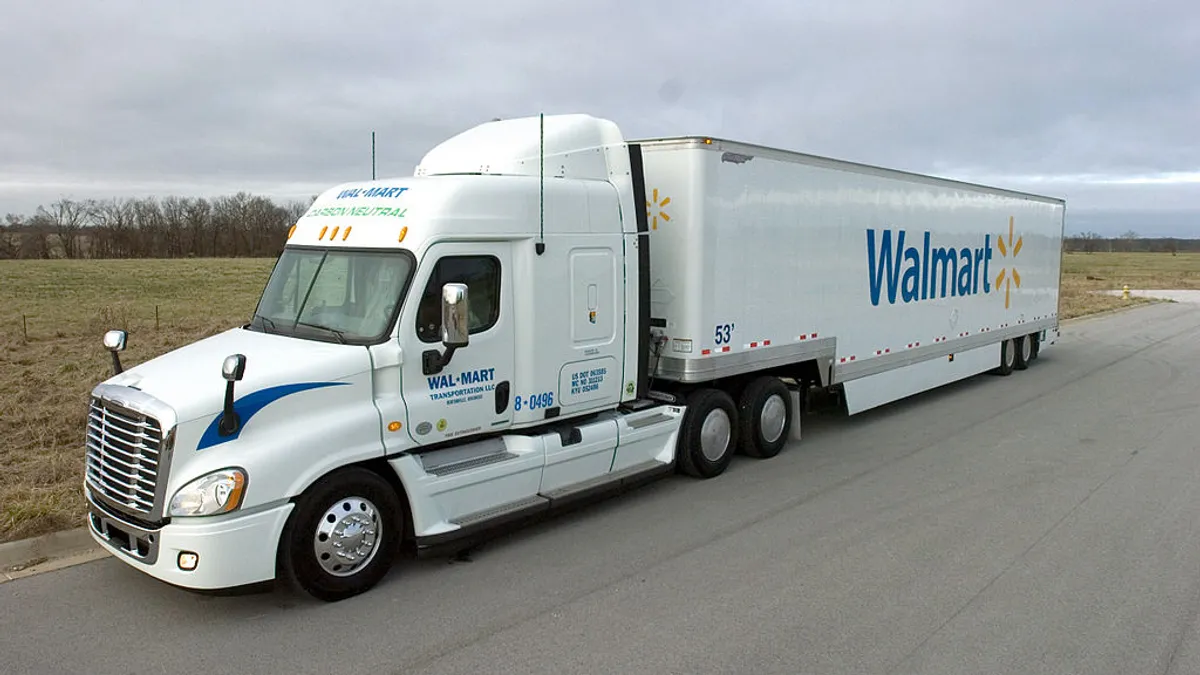Editor's Note: The following is a guest post from Hoyoung Pak, a retail and supply chain leader at Uptake.
The rise of the internet of things (IoT) has introduced new business value to the fleet industry. In fact, Accenture estimates that IoT solutions can help fleet owners and operators reduce equipment breakdowns by 70%, overall maintenance costs by 30% and scheduled repair costs by 12%. These numbers are nothing to sneeze at. However, there is a lack of clarity surrounding the technology that makes all of this possible.
While many fleet solutions (think: fleet maintenance software, telematics solutions, advanced analytics and even OEMs) claim to have predictive capabilities, very few actually do. In order to understand which tools move beyond basic visibility, it’s important to understand the differences between descriptive versus preventive versus predictive and what business value each brings to the table.
How to use different types of analytics
Let’s break each of these down.
Descriptive analytics: Descriptive analytics summarizes historical data to provide insight into past performance. It answers the questions “What happened?” or “What is happening?” Descriptive analytics solutions surface insights like: “Your engine was running hot” or “You truck used 1,000 gallons of fuel last month.”
Think of descriptive analytics as the symptoms you list off to your doctor when you’re sick. Your doctor uses this information to then determine what actions need to be taken, the same way fleet managers analyze descriptive analytics to determine what maintenance to perform.
By itself, this information describes what’s happening but the observations are not actionable.
Preventive maintenance: Preventive maintenance is performed regularly on your vehicles to reduce the likelihood of failure. This type of maintenance is proactively performed while a truck is still working in order to prevent unplanned downtime. Preventive maintenance uses metrics like mileage, engine hours and fuel usage to estimate when your vehicles will break down and when they should be serviced.
Preventive behaviors are comparable to the sweeping guidelines doctors provide to all patients to help them maintain their health – things like drink at least eight glasses of water a day, visit your general practitioner once a year for a routine checkup, and so on. These routine behaviors help prevent issues from arising but they are not tailored to you as an individual.
Preventive maintenance for your fleet plays the same role. It relies on guidelines for routine checkups but does not take into account contextual, condition-based information. It aims to address the average fleet, but fleets are not one-size-fits-all, meaning you’re likely to over- or under-maintaining assets when adhering to these insights.
While preventive maintenance is a good first step, the real value for fleets lies in the power to predict.
Predictive maintenance: Predictive maintenance uses high frequency raw data readings combined with data science, machine learning, historical performance data and contextual data to alert you to condition-based maintenance needs. This type of maintenance is proactively performed when your vehicles are still working but at high risk of failure. The goal of predictive maintenance is to transition from unplanned downtime — which is expensive and disruptive to your operations — to planned maintenance.
Predictive insights are based on an individual vehicle’s condition. This is like having your personal, specialized doctor who knows your healthy condition just as well as you do. He or she can tell when your health is compromised and can recommend specific actions to ease your symptoms before they worsen.
Predictive maintenance uses condition-based indicators and alerts to surface maintenance needs only when your trucks are at risk of breaking down — optimizing your maintenance cadence and maximizing vehicle availability. The risk of under- or over-maintaining your vehicles goes away.
Use all three to sharpen your competitive edge
The key to successfully implementing maintenance operations that meet your business needs is to understand what data can offer you. If you simply need to know what has already occurred so you can budget for next year, descriptive analytics should cover your bases. If you need to know how to get ahead of prevent unplanned downtime in order to save costs, you’ll want to use predictive analytics.
As connectivity and data accessibility become cheaper and more widespread in the industry, the power to predict is at the fingertips of fleet owners and operators. The days of operating blindly are over and the guesswork of how your assets are performing is gone. Having the capability to predict, rather than react, will be the competitive differentiator that determines whether your business gets ahead or falls behind.
Hoyoung Pak leads the transportation practice at Uptake. As a leading provider of artificial intelligence (AI) software for industrial companies, Uptake combines data analytics and machine learning with deep industry knowledge to unlock the power of AI for the global industrial sector.














